10 Pet-Friendly Plants That Are Perfect for Your Garden
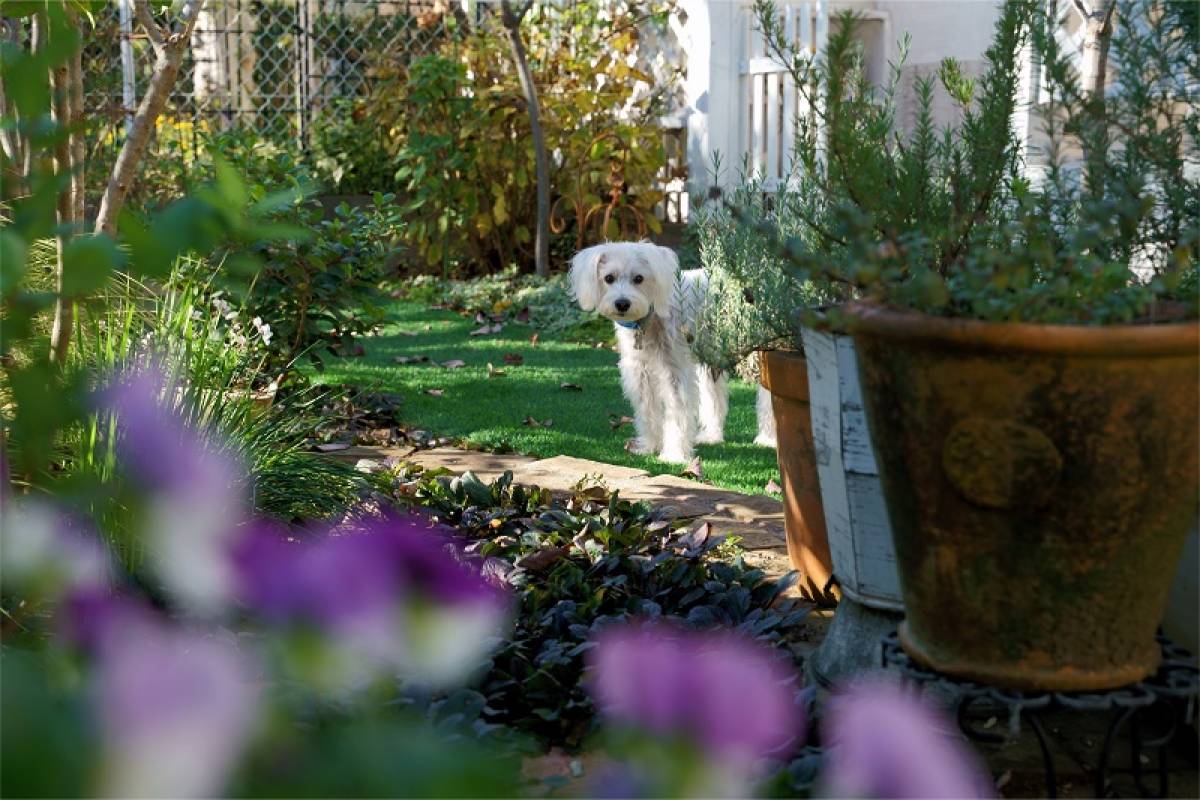
Gardening gives us beautiful plants, pleasant smelling flowers, fresh fruits and amazing health benefits, including reduced stress, improved hand strength, happiness in the dirt, a sense of accomplishment, and more.
Gardening can even be your source of organically grown food that helps you eat healthier.
And, according to the experts, gardening and caring for plants can contribute to a healthy heart, healthy weight, and healthy blood pressure levels. Moreover, just interacting with plants and flora can improve your mood, mental health and boost your creativity.
“Nature has a huge impact on health and wellness," says Gwenn Fried, manager of Horticulture Therapy at NYU Langone’s Rusk Rehabilitation. "We know that people's cortisol levels go down in a calm, green environment."
If you have a pet, you might have also noticed how much it too is happy outdoors and in gardens. Because you want to do everything you can to make your pet feel happy and content, you might include buying them toys, treats, and even letting them play outdoors in the garden.
However, if your furry friend likes to explore outdoors and play in gardens, you might worry that they might ingest or be affected by the plants outside. You do not have to worry, though, if your furry pet and little puppies comes into contact with some common garden plants.
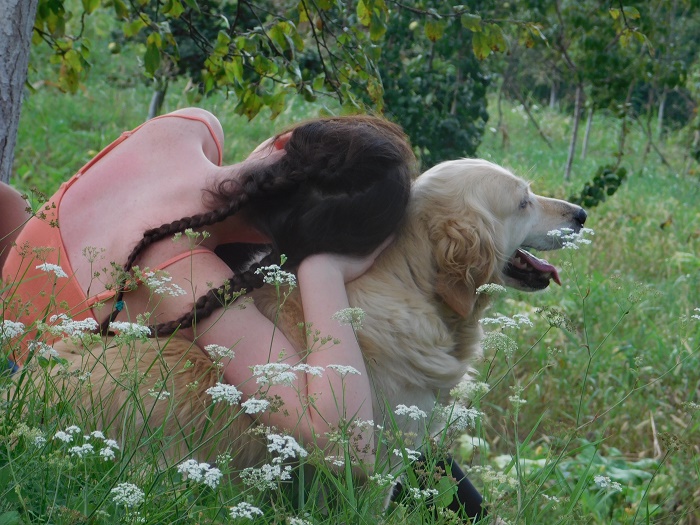
Incidentally, the following pet-friendly plants that we list below are also perfect for planting in your garden, if you are looking to add more plumage around your home or backyard and reap the many benefits of gardening.
Geraniums
Aside from getting you that classic English garden feels, geraniums are the right choice for your outdoor patio as they are non-threatening to greedy dogs.
However, these simple to grow flowers can easily be mistaken for pelargoniums that are toxic to animals when digested.
Make sure you plant the right flowers on your garden by checking the species carefully.
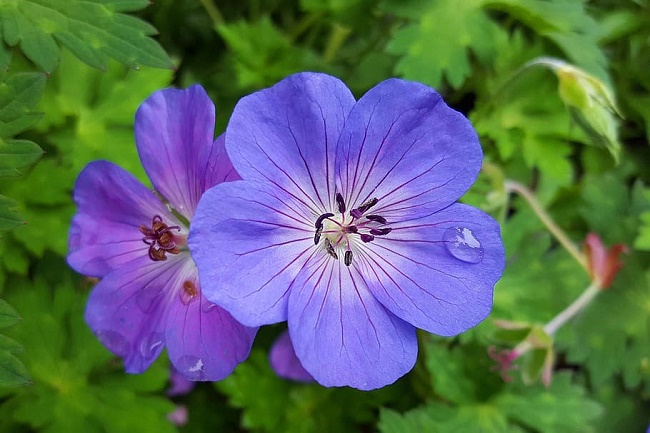
Grape Hyacinth
Unlike tulips that can cause vomiting and diarrhea to your pets, grape hyacinths are safe to plant in your garden. The plant will do your dog no harm in case it starts to explore and dig up places in your garden.
You can begin planting grape hyacinths during fall. Place them four to six inches under the soil and make sure to plant them along with summer flowering perennials. That way, the enduring grassy foliage will be hidden.
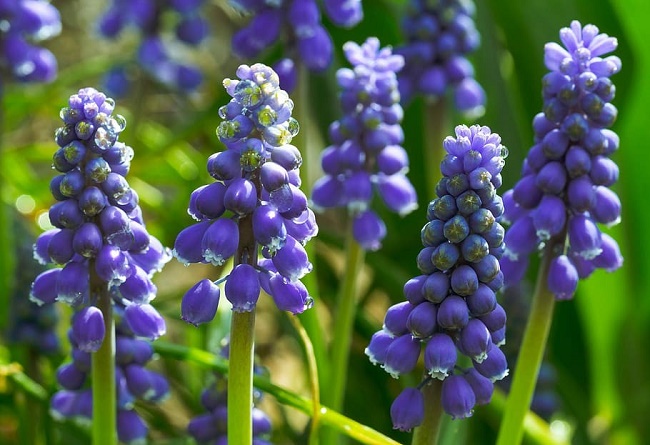
Bee Balm
Bee balms are colored from soft pink to bright red and have a pleasant smell that you and your dog can both enjoy. The plant itself can grow up to four feet high and grows well in both the sun or the shade.
Aside from this, you must make sure that you are planting it in an environment where moist soil is available.
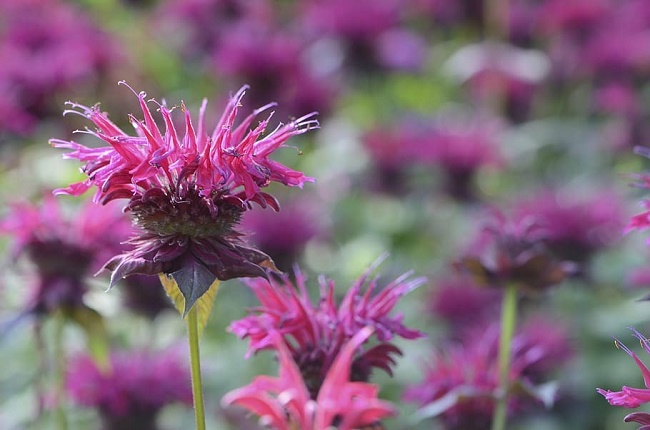
Lamb Ears
People often mistake lamb ears as dangerous plants because of their unusually long foliage. However, that is not the case because these velvety and soft leaves offer no threat to your pets.
Additionally, your pet may even find it repulsive to eat the plant because of its texture.
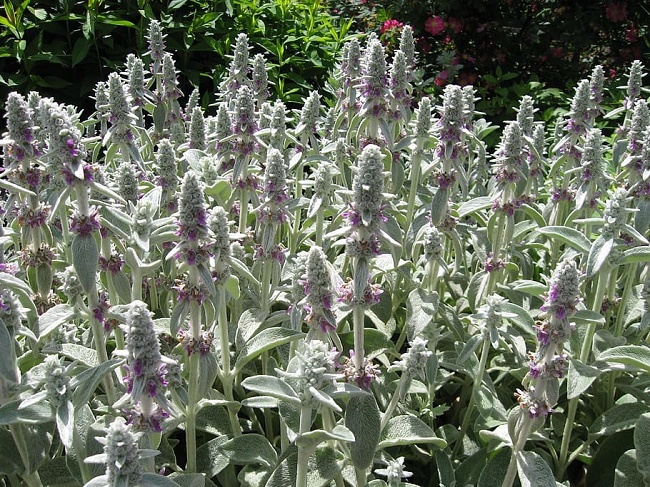
Houseleeks
Historically, houseleeks were used to ward off fires, lightning, and witches. They were grown on cottage roofs. Nowadays, you can see them in rock gardens, warding off your dog, and preventing them from digging up your plant pots.
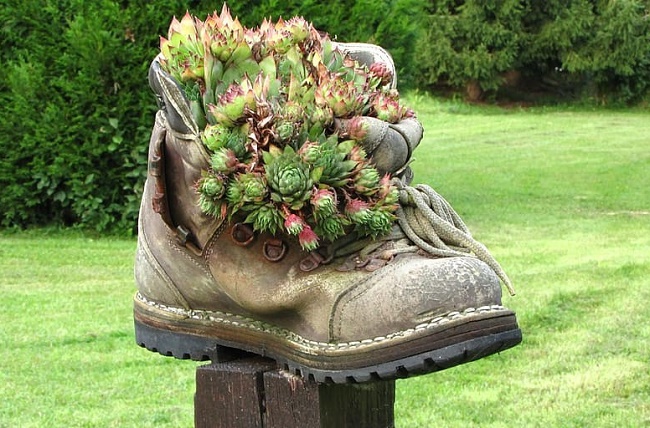
Venus Fly Trap
Its name may sound menacing, but Venus fly traps are pretty much harmless unless your pet is a fly. Despite their notorious reputation and the sharp incisors, the Venus flytrap does not offer any kind of threat to your puppy.
The plant has already been listed as pet-friendly, according to the American Society for the Prevention of Cruelty to Animals (ASPCA).
However, know that there might be variations between species. Some animals may also have their allergy or a different dietary requirement.
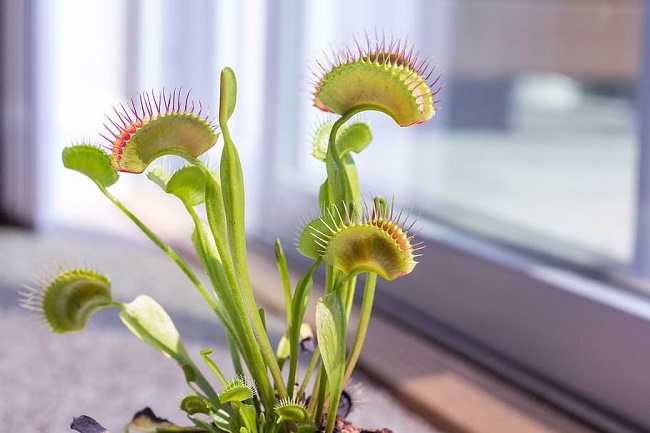
Hens and Chicks
Hens and chicks are fast-growing succulents. They are safe around animals because they are non-toxic. Aside from this, these succulents are also easy to maintain and can grow as perennials in zones four through eight.
They do not need as much water as others and can tolerate the sun very well. They are also not picky when it comes to the soil types and can even grow in a rock garden.
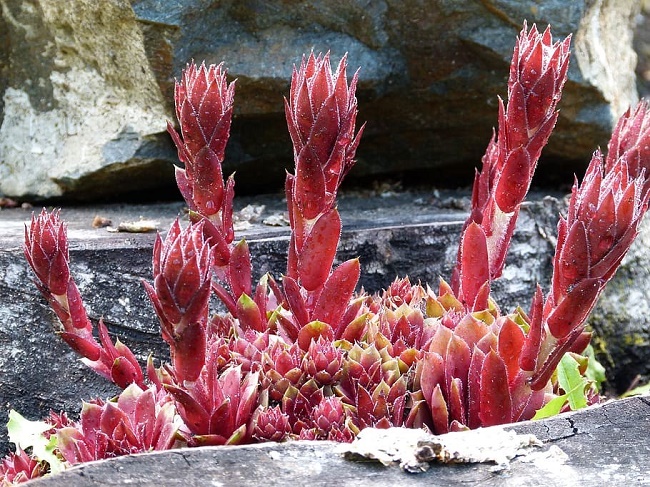
Jasmine
Even with its beautiful flowers, taking care of jasmines around dogs is still ideal. Jasmines are not toxic and are low maintenance. All it needs to thrive are well-draining soil, warm temperature, potassium-rich fertilizer, and vast amounts of water. It is best to be grown in zones nine and ten.

Camellia
Camellia usually grows during winter or early spring, making it stand out even when there are not many greens around. Even when the camellias are not flowering, its dark green and glossy leaves are still a sight to see. Once they start to bloom around November, camellias make for stunning centerpieces.
Aside from their beauty, the flowers and leaves are non-toxic to dogs and cats. They can also live for decades, so you must pick out the best spot before planting them. They thrive in sheltered places where there is afternoon shade. They also need good garden loam soil that has moderate levels of moisture.

Areca Palm
With its fancy fronds, your pets might find it fun to swat or bite the plant. If they do, you do not have to worry about their stomach getting upset.
Alternatively known as the butterfly palm, the areca palm can be found in Madagascar and does well in humid areas with warm temperatures. They are also low maintenance as they do not require much light or water.
Additionally, the areca palm can purify the air around you, making it beneficial for both you and your furry companion.
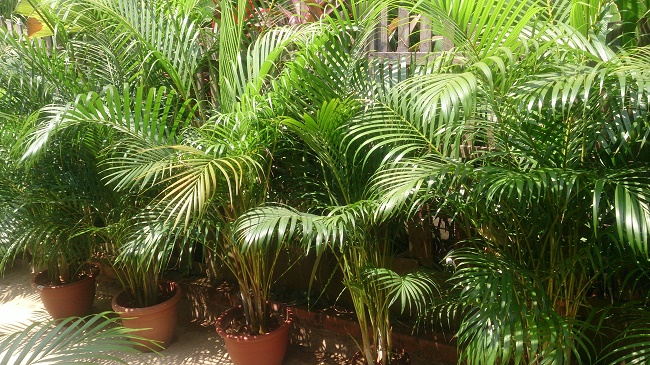
Conclusion
Not all pets will be harmed by the unauthorized nibbling of different plants. Some plants are harmful to dogs but not to cats and vice versa.
However, if you do not pay enough attention, you risk garden plants causing your pets to suffer from kidney failure, vomiting, or even death after ingestion of the wrong plant.
So, it’s important to know which plants are either toxic or non-toxic to your pets ahead of time.






















